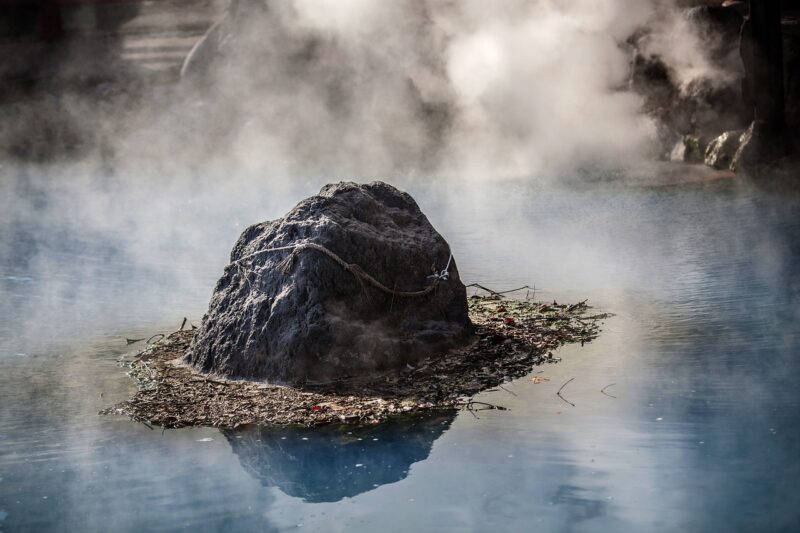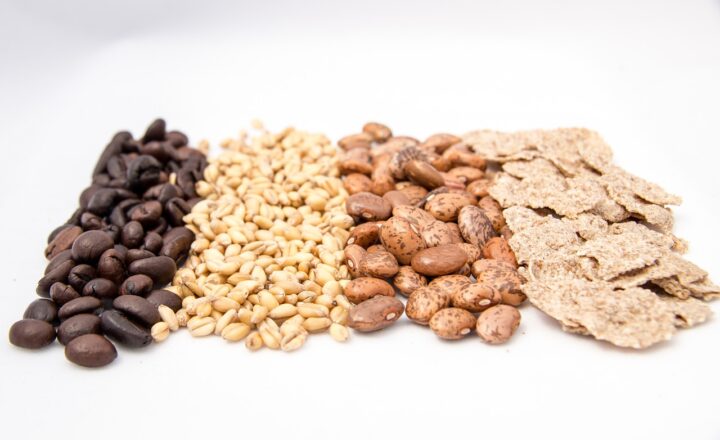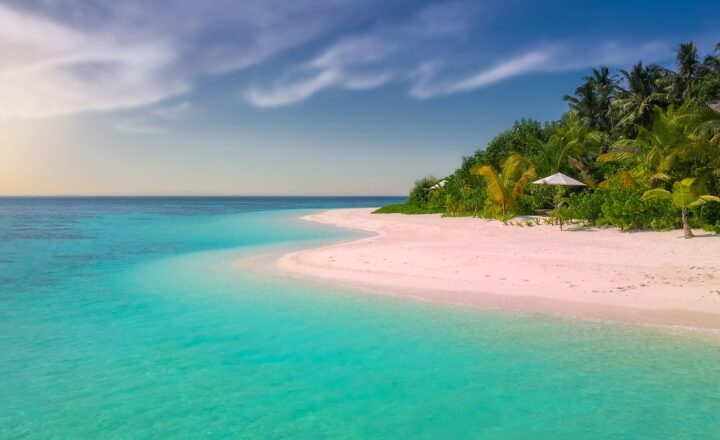The Allure of Hot Springs and Natural Baths Around the World
November 13, 2024

Hot springs and natural baths have captivated humanity for centuries, drawing visitors to their soothing waters and unique landscapes. These thermal waters, enriched with various minerals, are not just a source of relaxation; they offer a plethora of health benefits and cultural significance. Vastly diverse in their locations, compositions, and histories, hot springs and natural baths have earned their place as popular travel destinations around the globe.
1. The Science Behind Hot Springs:
Hot springs are formed when groundwater is heated by geothermal energy and rises to the surface. This heat can be generated from magma and volcanic activity beneath the Earth’s crust. The minerals dissolved in these waters often vary based on the geological makeup of the region, leading to unique bathing experiences everywhere from Japan to Iceland.
Some common minerals found in hot springs include sulfate, bicarbonate, and various trace elements such as silica and calcium. Each mineral is believed to offer specific health benefits, making the bathing experience not just relaxing but potentially rejuvenating as well.
2. Cultural Significance of Hot Springs:
Throughout history, various cultures have revered hot springs as places of healing and community. Here are a few notable examples:
- Japan: The Japanese have long embraced the practice of bathing in hot springs, known as “onsen.” This concept integrates simplicity, relaxation, and a deep connection to nature. Onsen culture also emphasizes cleanliness and etiquette, making it an important social and cultural activity in Japan.
- Iceland: With its geothermal activity, Iceland is home to many natural hot springs, such as the Blue Lagoon. These springs are not only tourist attractions but also deeply integrated into Icelandic life, providing local residents with affordable and thrilling experiences year-round.
- Greece and Turkey: Ancient Roman and Ottoman civilizations built elaborate bathhouses harnessing the properties of hot springs for relaxation, treatment, and socializing. Ruins of these grand structures can still be found today, a testament to their centuries-old significance.
3. Must-Visit Hot Springs Around the Globe:
If you’re intrigued by the allure of hot springs, here are some of the most breathtaking destinations to consider:
- Blue Lagoon, Iceland: This famous geothermal spa is known for its vibrant blue water, rich in minerals like silica and sulfur. Set against a stark volcanic landscape, the Blue Lagoon offers a surreal experience that has become synonymous with relaxation and rejuvenation.
- Pamukkale, Turkey: Nicknamed “Cotton Castle,” Pamukkale features stunning terraced pools filled with calcite-laden thermal waters. Visitors can bathe in these natural pools, all while enjoying views of ancient ruins nearby.
- Nara, Japan: Known for its serene landscapes and historic temples, Nara also hosts several traditional onsen that allow visitors to immerse themselves in Japanese culture while enjoying the therapeutic benefits of hot springs.
- The Healing Waters of Bath, England: Bath is famous for its Roman Baths, which date back to ancient times. The waters here, enriched with minerals, are renowned for their healing properties, drawing visitors from around the world.
- Termas Geométricas, Chile: Nestled in a lush forest, this unique spa features numerous outdoor thermal pools connected by wooden walkways. Known for its stunning architecture and pristine surroundings, it provides a tranquil escape for visitors.
4. Health Benefits of Hot Springs:
Bathing in hot springs isn’t just a cozy past-time; it can also offer numerous health benefits:
- Muscle Relaxation: The warmth of the water helps to relax muscles and reduce tension, making it ideal for post-workout recovery or stress relief.
- Improved Circulation: The heat from the water causes blood vessels to dilate, improving circulation and promoting better oxygen flow to the muscles.
- Detoxification: Sweating in hot water can help expel toxins from the body, alongside boosting the immune system’s response.
- Skin Health: The minerals in natural hot springs can benefit the skin, potentially aiding conditions like eczema and psoriasis while helping to hydrate and rejuvenate.
5. Safety Considerations and Tips for Enjoying Hot Springs:
As with any natural setting, it’s essential to take precautions when visiting hot springs:
- Check Water Temperature: Always test the water temperature before entering, as extreme heat can result in burns or discomfort.
- Stay Hydrated: Heat can lead to dehydration, so be sure to drink plenty of water while enjoying your soak.
- Respect Nature: Follow local guidelines and respect the environment by keeping these natural spaces clean and preserving their beauty for other visitors.
- Be Mindful of Your Health Conditions: If you have certain health conditions, such as heart disease or pregnancy, consult with a medical professional before bathing in hot springs.
Conclusion:
Whether you’re seeking relaxation, adventure, or healing, hot springs and natural baths around the world offer a unique escape from the ordinary. From the mineral-rich waters of Iceland to the serene bathhouses of Japan, the allure of these thermal wonders continues to attract pilgrims from every corner of the globe. Embrace the experience, relish the benefits, and let the soothing waters wash away your stress—one soak at a time.







